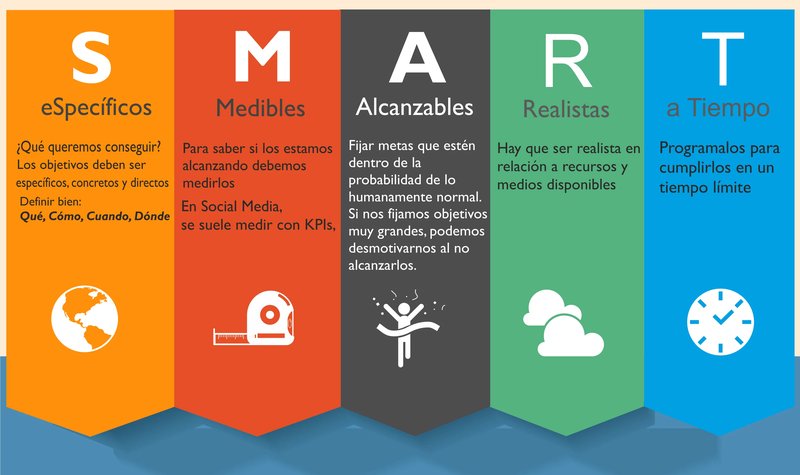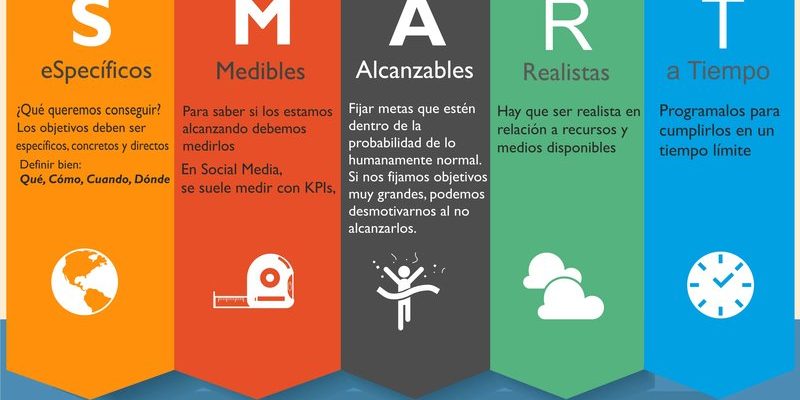
These tortoises are native to the Aldabra Atoll in the Seychelles, and they’ve mastered the art of survival in a world that can be harsh. Their intelligence is not just measured by their ability to learn but also by how they adapt to their surroundings. Let’s dig into their fascinating minds and understand how they navigate life with such grace and cleverness.
Understanding The Aldabra Giant Tortoise
The Aldabra giant tortoise, which can weigh over 500 pounds and live for more than a century, is one of the largest species of tortoise. These tortoises are known for their distinctive dome-shaped shells and large, sturdy limbs. But there’s much more to them than meets the eye.
One of the remarkable features of these tortoises is their long lifespan. They can live between 80 to 120 years, which means they have a lot of time to learn and adapt. Think about it—imagine living long enough to gather decades of wisdom! This longevity allows them to develop strategies for finding food, avoiding predators, and even navigating their territory.
Also, they have impressive memories. Research suggests that these tortoises can remember the locations of food and water sources for several years. Just picture a cozy dinner location that never changes—when you know where to find your favorite spot, it’s a major win!
Cognitive Abilities of Aldabra Tortoises
Cognitive abilities in animals can be tricky to assess, but researchers have found that Aldabra giant tortoises exhibit several signs of intelligence. They can learn from experience, which is a hallmark of cognitive functioning. For instance, if they encounter an obstacle in their path, they can adapt and find a new route, showing flexibility in their problem-solving skills.
Here’s the thing: tortoises use their keen sense of smell to locate food. They can even differentiate between different types of vegetation, which helps them choose the best meals to sustain their health. We can think of them as picky eaters who know what’s good for them—like us avoiding fast food for a fresh salad!
Additionally, tortoises have a unique way of interacting with their environment. They often engage in what’s called *exploratory behavior*, where they wander around to understand their surroundings better. This behavior is not just about searching for food; it’s also about familiarizing themselves with their territory, much like how we learn our neighborhood by taking walks.
Social Behavior and Interactions
Aldabra giant tortoises are generally solitary creatures, but they do have their own social behaviors. They interact with each other during the mating season, displaying courtship rituals that can be quite fascinating. Males often engage in head-bobbing displays, which can be seen as a form of social communication.
Interestingly, these tortoises have been observed demonstrating social learning. When one tortoise discovers a new food source, others may follow suit and learn from that experience. It’s similar to how we might follow a friend to a new restaurant simply because we trust their choice.
Another neat aspect of their behavior is how they establish their territory. Tortoises use pheromones to communicate their presence and mark their space. Think of it as leaving a personal note for others to understand who’s who in the neighborhood. This form of communication reduces conflicts and helps them coexist peacefully.
Instincts and Learning
Instincts play a huge role in the lives of Aldabra giant tortoises. From the moment they hatch, they have an innate understanding of what they need to do to survive. For example, hatchlings instinctively know to head toward the ocean, which ensures they have access to water. However, they also learn from their experiences as they grow.
You might wonder how they learn in a seemingly slow-paced life. Well, they are constantly observing their surroundings. As they mature, they learn critical survival skills, like recognizing certain plants as food or avoiding areas that pose threats. Imagine learning to ride a bike—you might start off wobbly but eventually get the hang of it with practice and some bumps along the way. That’s what these tortoises do!
In addition, they show signs of tool use, such as using rocks to help them reach vegetation that’s otherwise out of reach. This demonstrates an understanding of their environment that goes beyond mere survival instincts.
Conservation and Its Impact on Behavior
Unfortunately, like many species, Aldabra giant tortoises face threats from habitat loss and climate change. Conservation efforts have been implemented to protect them, but these changes can impact their natural behaviors. When their environment is altered, it forces them to adapt in ways that might not be ideal.
For example, if food sources diminish due to environmental changes, tortoises must explore farther from their usual routes, leading to increased energy expenditure. This is similar to how we might have to start shopping at a different grocery store if ours closes down—it’s a hassle, but sometimes necessary for survival.
Moreover, conservation areas often limit interactions with humans. While this can be beneficial for their safety, it may also restrict their ability to learn and adapt to new challenges, such as changes in climate or food availability. It’s a delicate balance of protecting them while allowing them to thrive.
The Future of Aldabra Giant Tortoises
Looking ahead, the future of Aldabra giant tortoises depends on ongoing conservation efforts and research. Understanding their cognitive abilities and behavior can lead to better management strategies, ensuring these ancient creatures continue to thrive.
Conservationists are working to create safe habitats and monitor populations, which will help maintain the balance of natural ecosystems. By addressing issues such as climate change and habitat loss, we can give these tortoises a fighting chance.
In conclusion, the Aldabra giant tortoise might be slow in movement, but their minds are sharp and adaptable. They use a blend of instinct, experience, and social learning to navigate the challenges of their world. The more we learn about their cognitive abilities and behaviors, the more we can appreciate their role in the ecosystem and the importance of protecting them for future generations. So, next time you think about animal intelligence, remember the humble tortoise—it has a lot more going on beneath that heavy shell than you might think!

